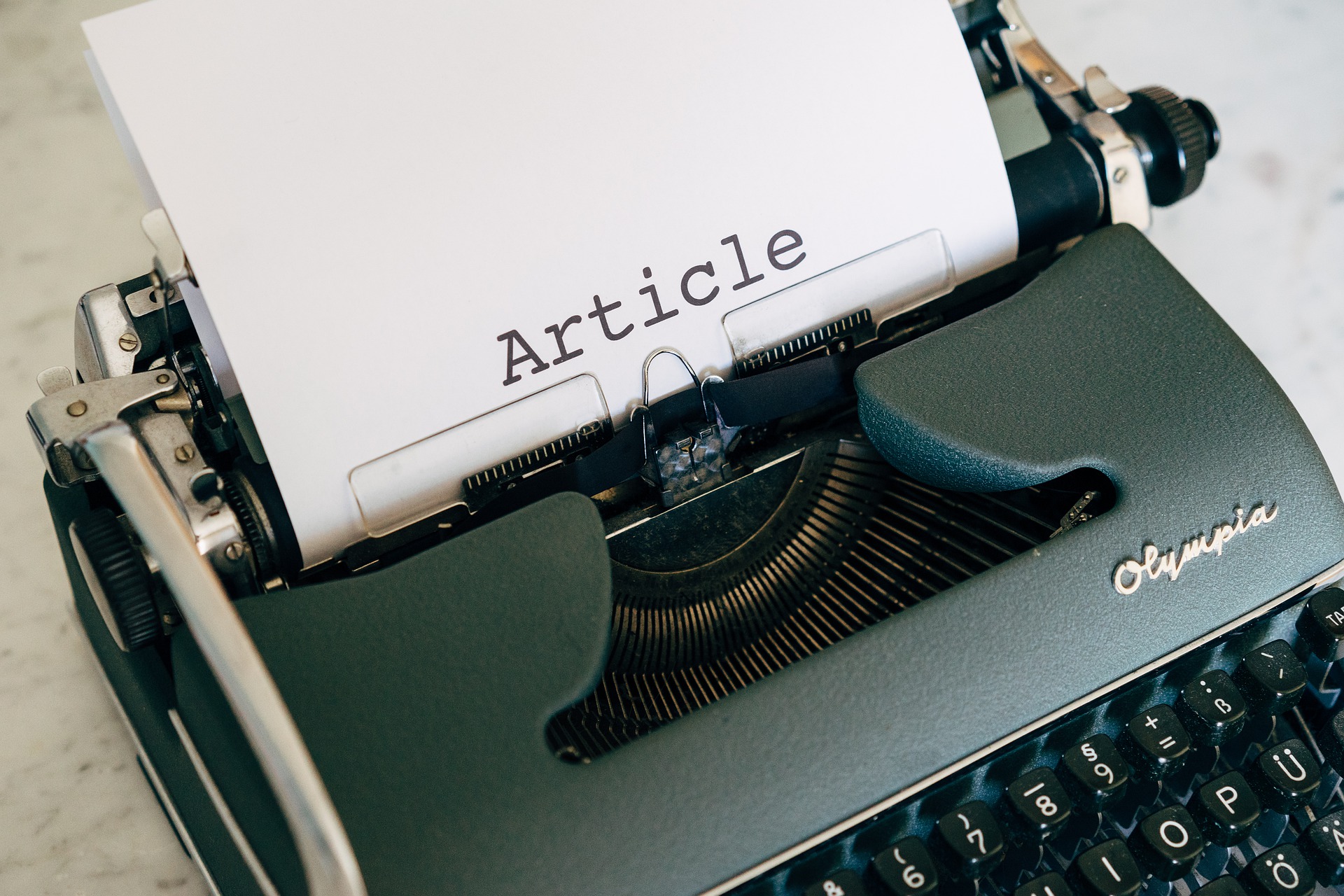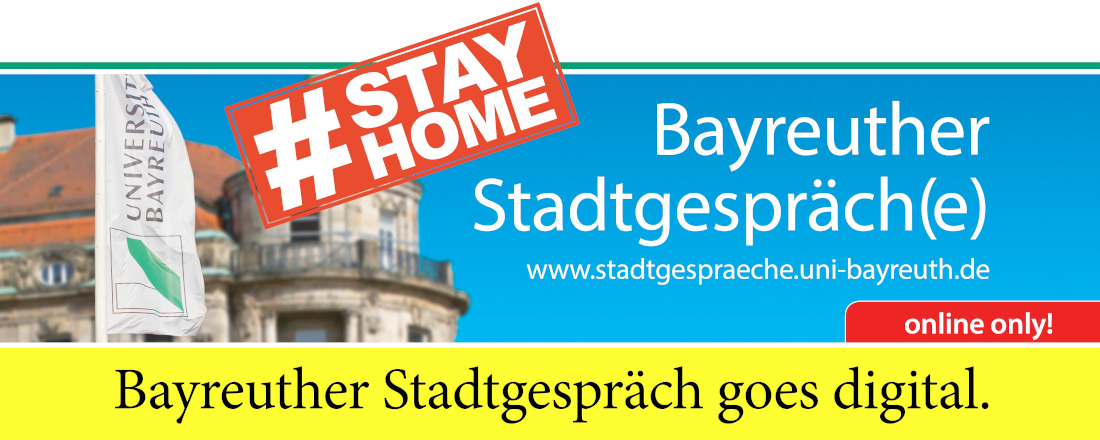Fake news is false news stories packaged and published as if they were genuine with the intention to mislead the reader to damage an agency, an entity, or a person or to increase an internet click revenue. During the 2016 US presidential election campaign, fake news became a global phenomenon, in particular, due to the growing use of social media as a source for news. The proliferation of fake news online has been of increased concern to the European Parliament since. However, no agreement on how to tackle this issue has been reached.
Debiasing refers to attempts to eliminate or at least reduce biases. Only a few debiasing methods have been introduced for the belief-perseverance and confirmation biases so far. Although it was suggested already in early publications that effective debiasing methods should include a combination of various debiasing techniques, scholars have instead focused on isolated debiasing techniques. Moreover, the already limited experimental empirical research on debiasing motivational biases has focused primarily on investigating the efficacy of single debiasing methods without comparing the efficacy of different debiasing methods and without studying their efficiency. Due to missing experimentally-driven comparisons of debiasing methods within one experiment, there are only limited implications for practical applications in terms of which debiasing method to use in order to achieve the best debiasing effect.
The PerFake project aims to fill in this research gap and contribute to the advancement in the research field by:
- improving the existing debiasing methods, developing new ones, and combining them;
- comparing the efficacy of various debiasing methods and their combinations;
- measuring and comparing the efficiency of multiple debiasing methods and their combinations.
The efficacy and efficiency of the debiasing methods will be tested in two questionnaire-based experiments in order to derive recommendations. For the first experiment, we will use and adapt an experimental setting from the literature in which belief perseverance has already been demonstrated. The experimental setting of the second experiment will then be designed in a way to be as close as possible to the fake news environment in order to be able to derive conclusions and recommendations that are applicable in practice.


